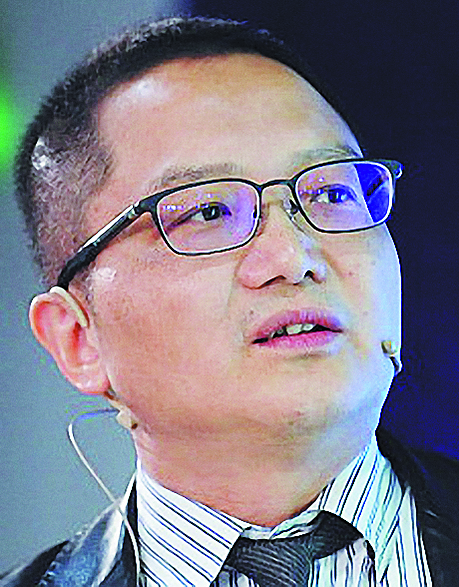Cities should be bigger and smarter, say experts

Chinese policymakers wish to bring more people into cities, to accelerate the second phase of the national urbanization campaign under the "2020 goal", which will be a key driver of the economic growth in the long term, according to experts.
Different from the first phase, which progressed rapidly between 2000 and 2016, the upgraded urbanization model will focus on people, as well as the balance between the environment and the economy. Large urban clusters will also play crucial roles in accelerating the transformation, Zhou Muzhi, head of Cloud River Urban Research Institute, a leading think tank for city planning, told China Daily in an interview.

"Developing metropolitan areas will support the urbanization process, which requires cities to further open up, and shift their functions from manufacturing-oriented development to high-quality services. Some key areas include information technology and the knowledge-based economy," he said.
On Monday, the National Development and Reform Commission, the country's top economic regulator, issued a comprehensive plan to reduce restrictions on people accessing cities, a method to speed up the urbanization process.
It announced the removal of restrictions for people not born locally to get household registration permits in cities with populations of 1 to 3 million. Experts expected that will encourage more migration to cities. That will help China lift its urbanization rate to higher than 60.9 percent by the end of the year, a step to achieving the goal of bringing 100 million people into the nation's cities from 2016 to 2020.
Policymakers are aware of the importance of people, which is in line with Cloud River's study that population density is important to facilitate high-quality urban clusters, according to Zhou, who called for more attention to be paid to the positive effects of high population density.
But urban clusters need to shift their key functions, to attract skilled workers and develop modern services, he added. For example, cities need to strengthen the influence of service industries, they need to further open the market to foreign investors, build more airports, and increase the number of high-end hotels and restaurants.
"We call it the communication economy, which is different from the traditional trading economy based on manufacturing production and transactions of goods," he said.
Yang Weimin, former deputy head of the Office of the Central Commission for Financial and Economic Affairs, said at a forum in March that the "new type of urbanization" should be sustainable, which needs to balance economic growth with the development of people. "That is the key issue of high-quality development."
From 2000 to 2016, China's urban area expanded by 2.8 times, while GDP rose by almost 4.3 times, according to Zhou, who is also a professor of economics at Tokyo Keizai University.
In the meantime, the index of Densely Inhabited District (DID) - districts with a population density of more than 5,000 inhabitants per square kilometer, only increased 1.2 times, much slower than the changes in the other indices, according to Zhou's research.
"That's a big problem," he said. "It reflects that the 'urbanization of population' is lagging far behind the urbanization of infrastructure construction paved by steel and concrete."
The concept of DID was first introduced by Cloud River Urban Research Institute in 2016. The index can reflect the trend of centralized and clustered urban development in China.
Together with the NDRC development planning department, the Cloud River Urban Research Institute has also conducted research and issued reports on the China Integrated City Index for three consecutive years since 2016.
In the report of the China Integrated City Index 2018, it showed that population density has a strong positive correlation with socioeconomic development, although it can have some negative effects on an area's environmental quality and ecosystem.
DID population is closely related to the vitality and quality of urban development, and the key is to improve a city's "intelligence", or the educational level of its residents, according to the report.
To accelerate urbanization, financial measures will support the development of key urban development projects, strengthen infrastructure construction and promote investment. That will include boosting bank lending and the launch of real estate investment trusts (REITs), according to the NDRC.
The top planner is also determined to promote metropolitan area development. "We will explore and build the mechanism for promoting and coordinating metropolitan area development leading by core cities," said a statement released on its website.



































